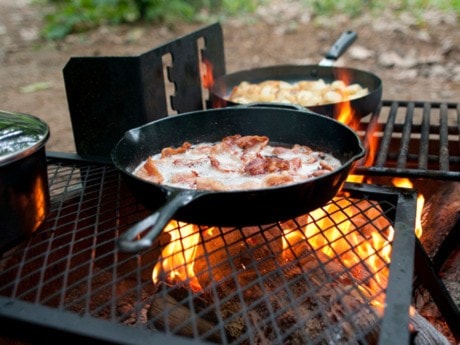By Kevin Touchet/Contributor
It’s the time of year when many of us enjoy cooking outdoors - in parks, campgrounds and back yards. This pleasurable summer pastime of casual dining also provides ideal conditions for outbreaks of foodborne illness.
Foodborne illness peaks during the months of May through September because of barbecuing and outdoor eating. E. coli, Salmonella and Campylobacter are examples of some of the many bacteria related to handling raw meats and other perishable food items. That’s why it’s vital to be sure items are refrigerated, well cooked and handled with care.
Outdoor cooks should keep food safety in mind as they are preparing summer feasts. These four words can help you reduce the risk:
Clean: Wash your hands with soap and warm water before and after handling food. Wash all dishes, cutting boards and counters with hot soapy water. A spray bottle containing 1/2 tsp of chlorine bleach per litre of water can be used to sanitize these items.
Separate: Keep raw foods away from cooked foods to avoid cross-contamination. Store raw meat at the bottom of the fridge or cooler to prevent juices from dripping onto other foods. Always use a clean plate when taking cooked meat off the barbeque.
Cook: Properly cooking food will kill harmful bacteria. Cook all meat to the appropriate internal temperature - see Health Canada’s Safe Internal Cooking Temperatures chart () for more details. Use a digital food thermometer to measure the inside temperature of cooked meats. Once cooked, keep hot foods at 60 C or hotter until ready to serve.
Chill: Always thaw meat in the fridge, microwave, or under cold running water – never at room temperature. Do not let cooked or perishable food sit out in the sun or at room temperature for more than two hours. Cool any leftovers right away. Finally, keep cold foods cold at 4C or lower.
Kevin Touchet is a leader of environmental health practice with Interior Health.




